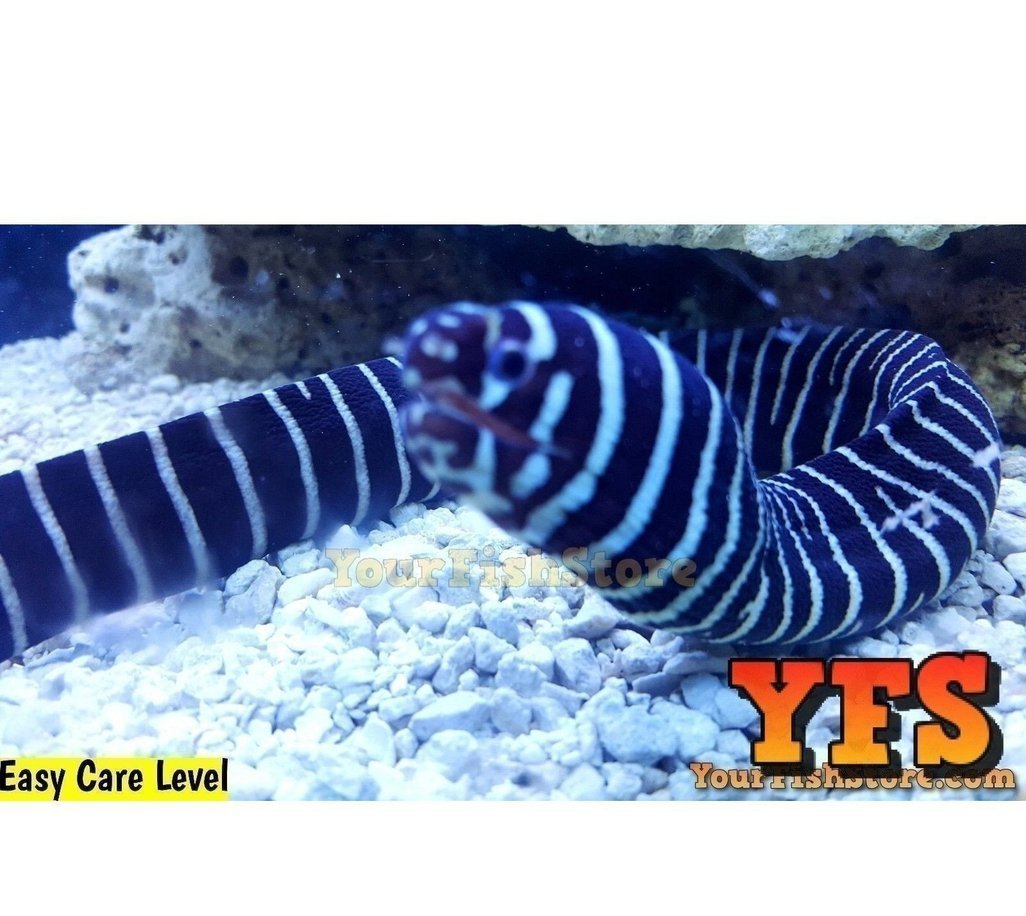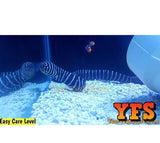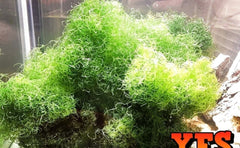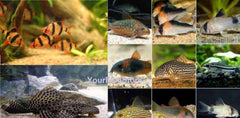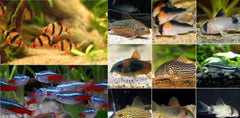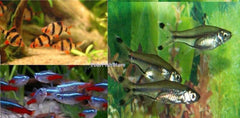Zebra Moray Eel Saltwater Fish Med/Lrg - Saltwater Fish - Corals - Inverts Live

Zebra Moral Eel
Medium to Medium/Large Size
Approx 12-15" Long Each
Minimum Tank Size: 55 gallons
Care Level: Moderate
Temperament: Peaceful
Reef Compatible: With Caution
Water Conditions: 72-78° F, dKH 8-12, pH 8.1-8.4, sg 1.020-1.025
Max. Size: 5'
Color Form: Black, Red, Tan, White, Yellow
Diet: Carnivore
Origin: Fiji, Indonesia
Family: Muraenidae
Habitat: Natural geographic location:
Zebra Moray Eels are found in the Indo-Pacific and the tropical eastern Pacific; they cover a wide range from the Red Sea and east coast of Africa across the Indian Ocean to the Philippines and north to the Hawaiian Islands, also found in the Gulf of California off Panama, Mexico and the Galapagos Islands. They inhabit seaward reefs at depths of 20 feet to 145 feet (6 - 44 meters), dwelling close to the bottom among corals and rubble.
Status:
These fish are not listed on the IUCN Red List.
Description:
True to its name, the beautiful Zebra Moray Eel is easily recognized by its zebra striping, narrow white bands on a chocolate or golden brown background. It is also readily distinguished from other eels by a blunt rounded snout.
Length/Diameter of fish:
Adults can grow to 144 cm (57 inches), but usually only attain about 90cm (36 inches) in captivity.
Maintenance difficulty:
The Zebra Moray Eel is easy to keep once they are established in the aquarium.
Foods:
The Zebra Moray Eels are carnivores. Having blunt teeth suitable for grinding, they primarily eat crustaceans in their natural habitat, such things as crabs, snails, urchins, and mollusks. For this eel a good choice is crab meat, blue crabs with their carapace cracked works well. Also fiddler crabs are readily available. They will also eat other meaty foods such as shrimp, clams, squid, scallops and fish flesh.
Though a very docile fish they can become a bit more aggressive when feeding and they do have a very strong bite, so it is best to feed with a feeding stick. Juveniles will eat more readily than adults and will take a wider variety of foods, however most specimens that are available are already over 17 inches (43.2 cm). Use a feeding stick if necessary at first to place the food right in front of its mouth. You can gently tap the eel's snout with the food laden stick to encourage it to eat. Don't worry if it doesn't eat for a while at first, they can go for several weeks without food (and often do).
Maintenance:
These fish are generally very easy to care for and are hardy. Provide basic marine aquarium care with a 20% water change monthly or 10% twice a month.
Customer Reviews
Based on 1 review
Write a review
QUESTIONS & ANSWERS
Have a Question?
Be the first to ask a question about this.

